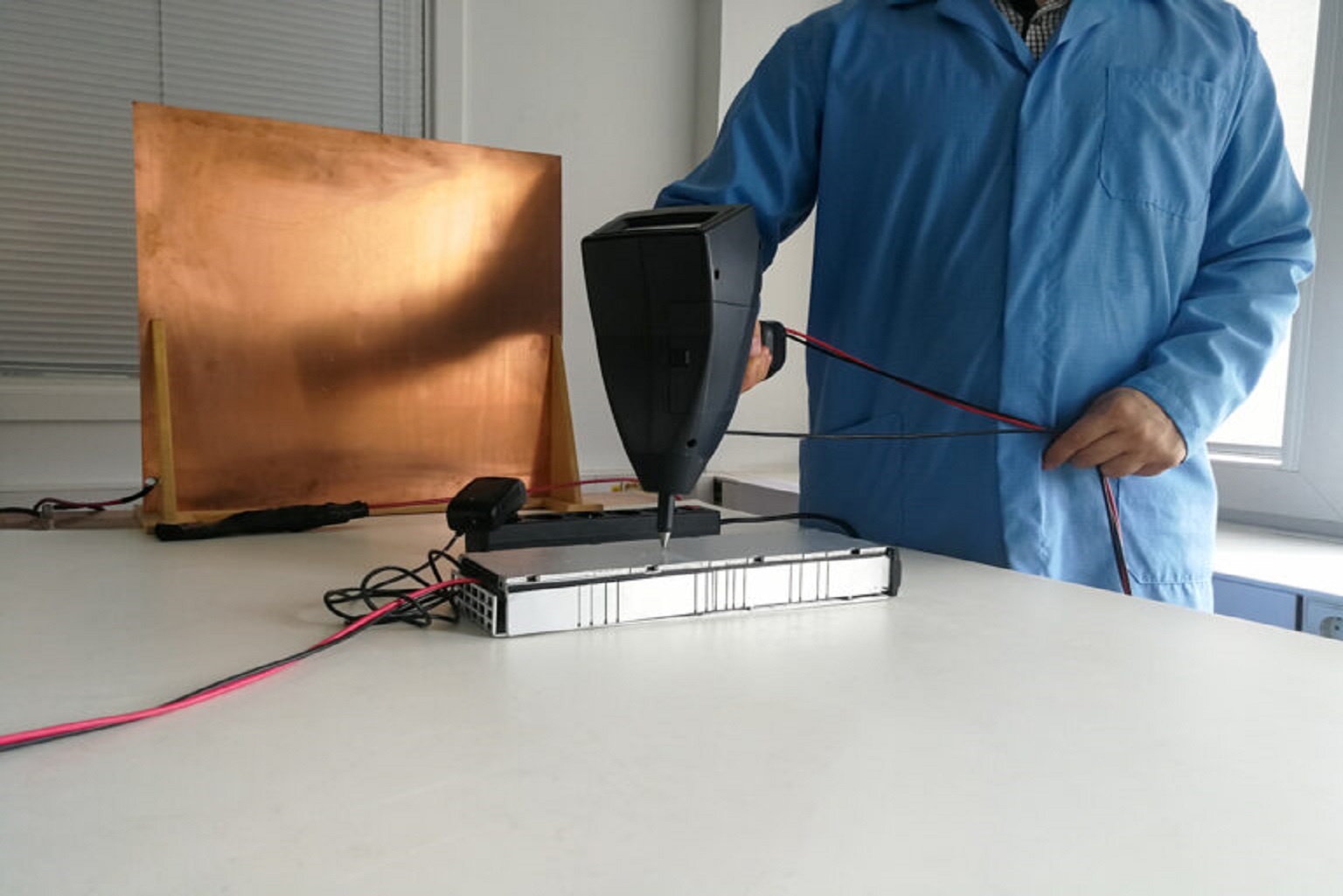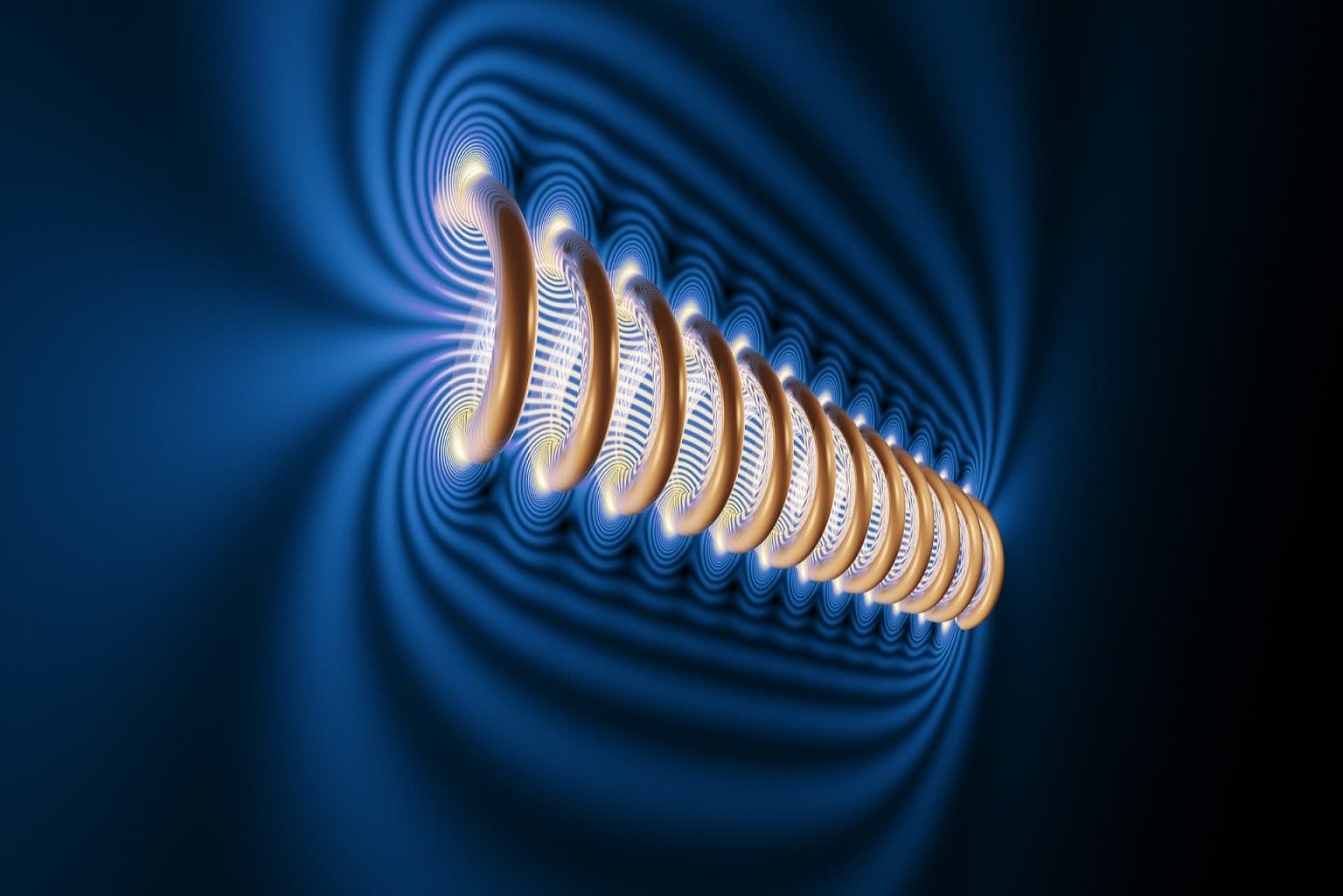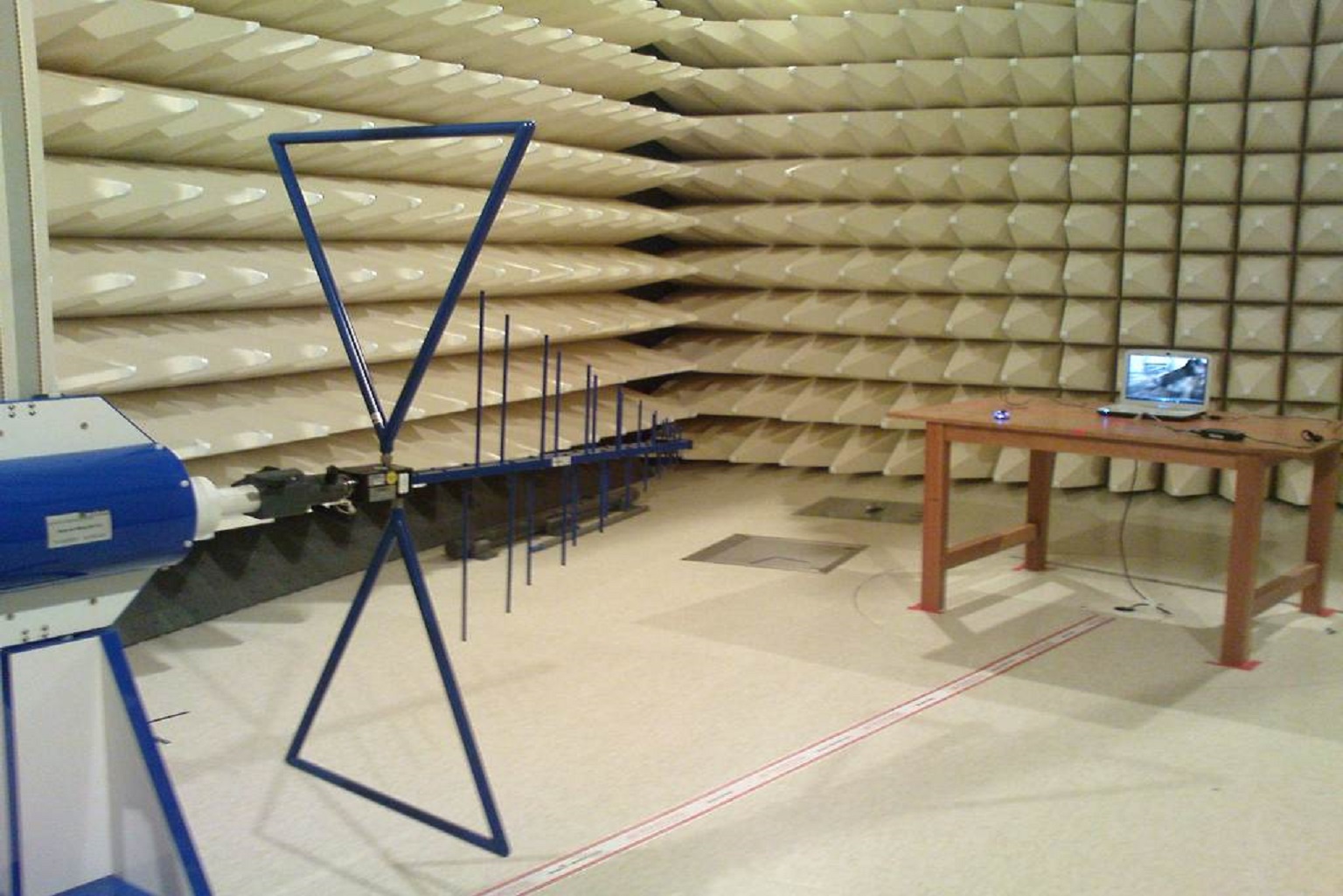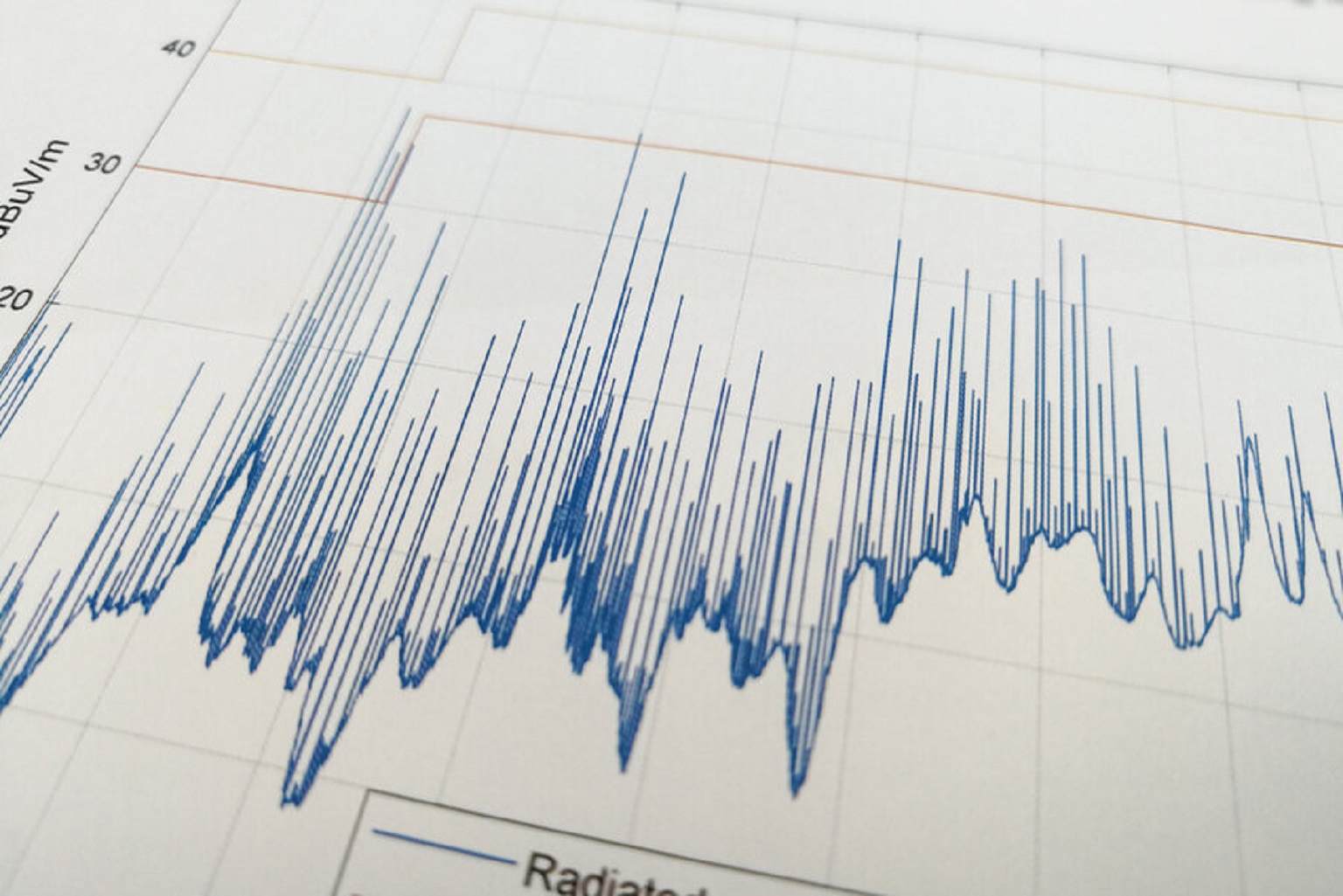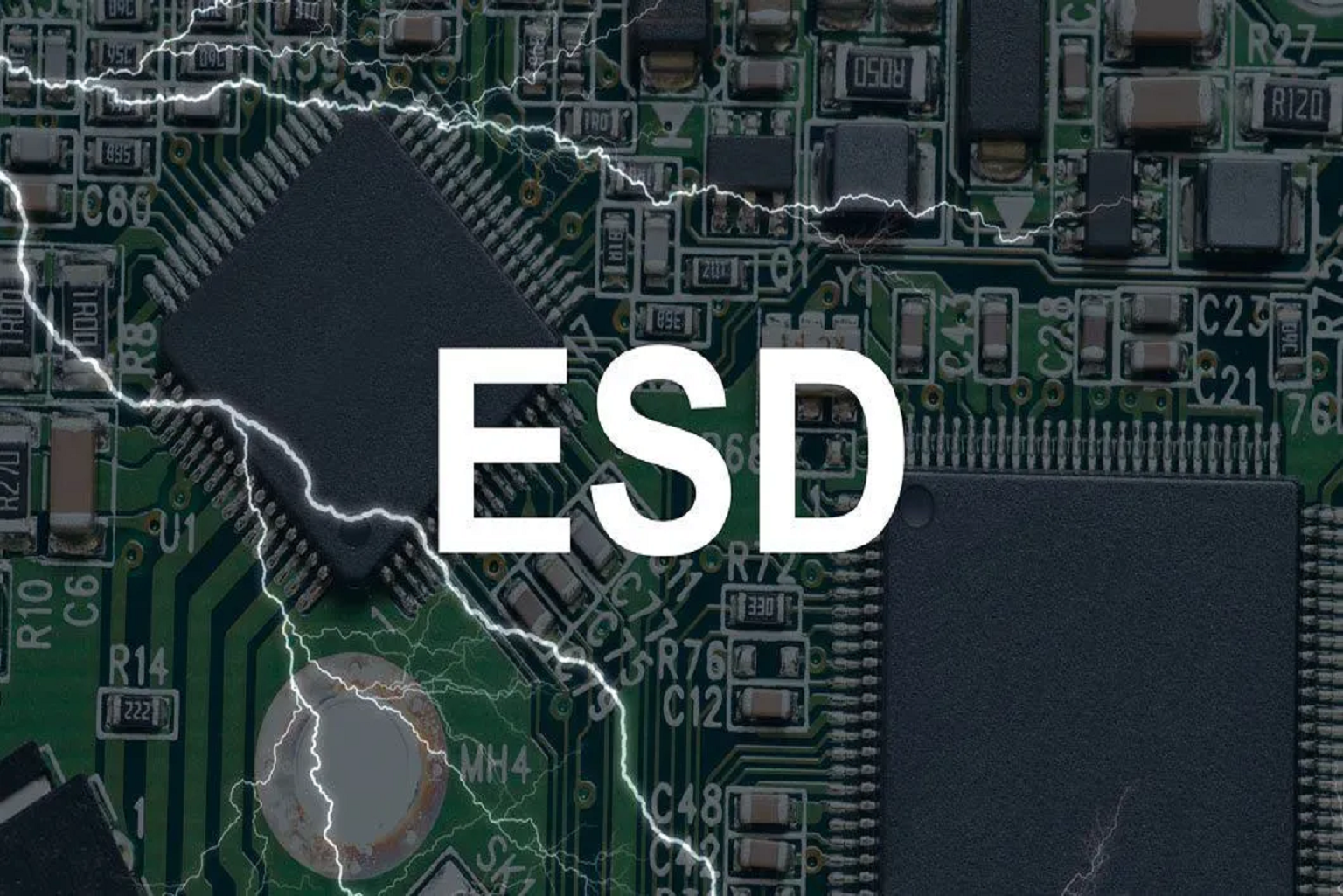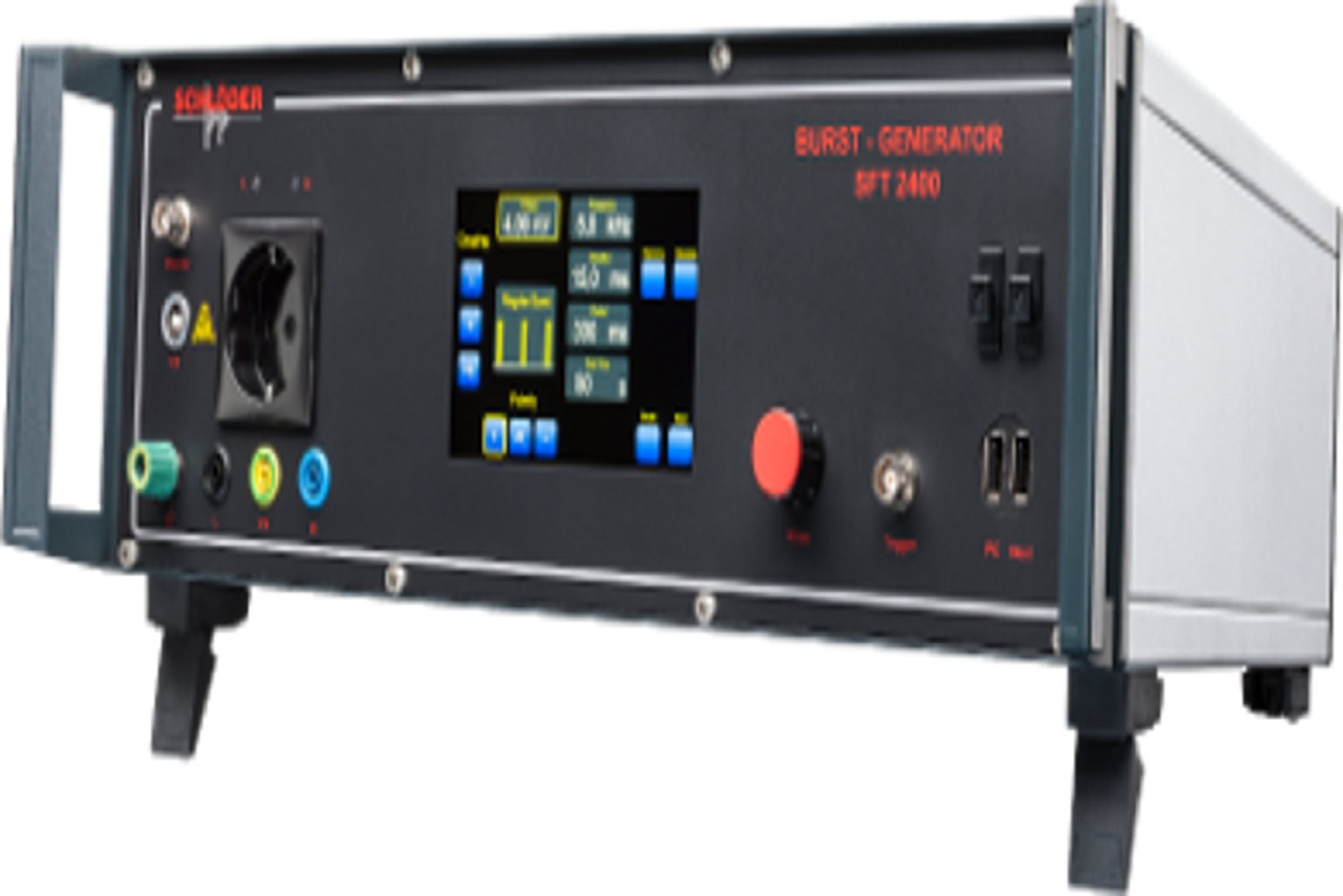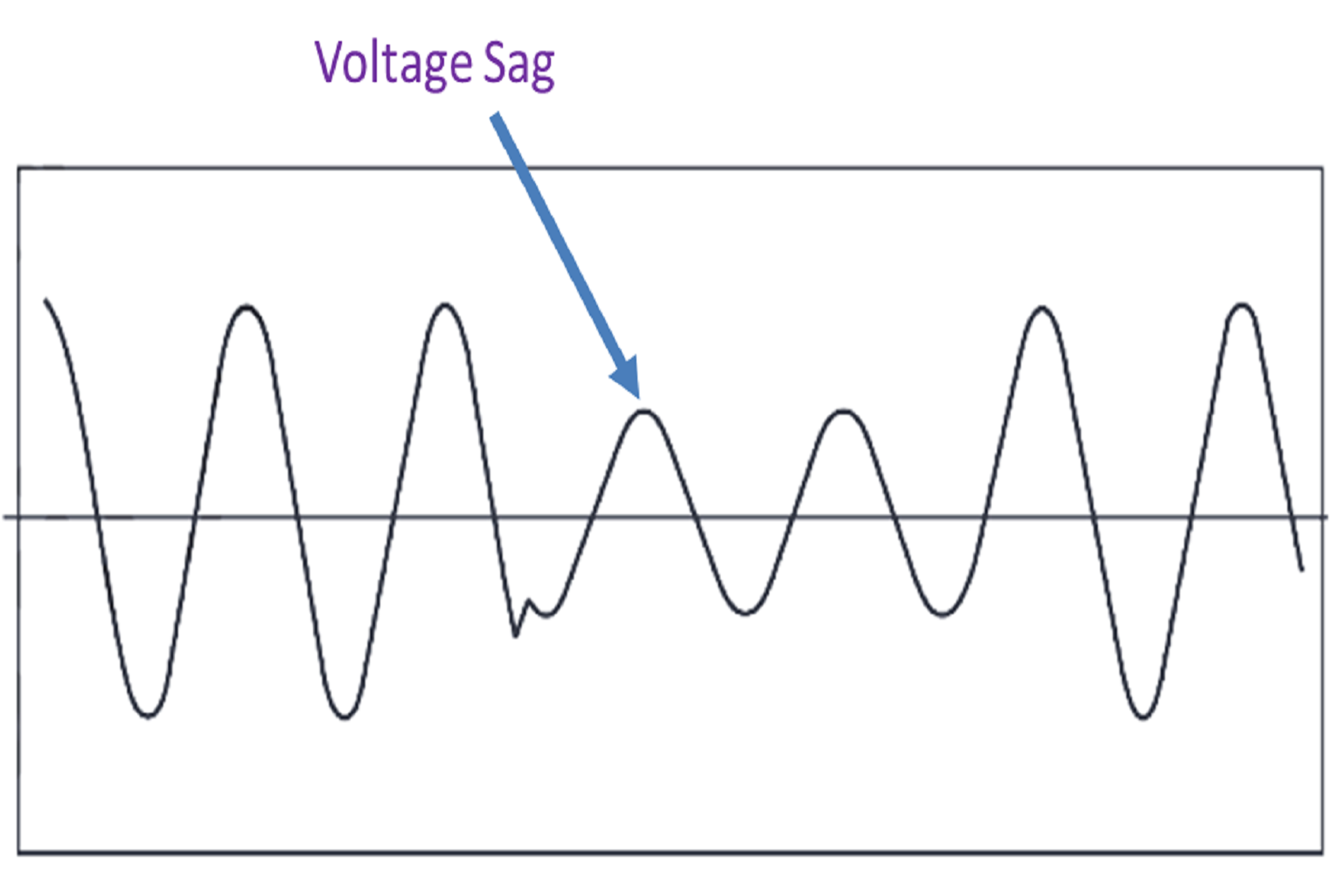Electromagnetic Compatibility Directive (2014/30/EU)
In today life, we are all surrounding with the Electronics Products. Form Household products to industrial application, electronics is everywhere. We are all familiar with the benefits of all these products but there are some hidden harmful effect which comes in terms of electromagnetic radiations.
Electromagnetic Compatibility Directive
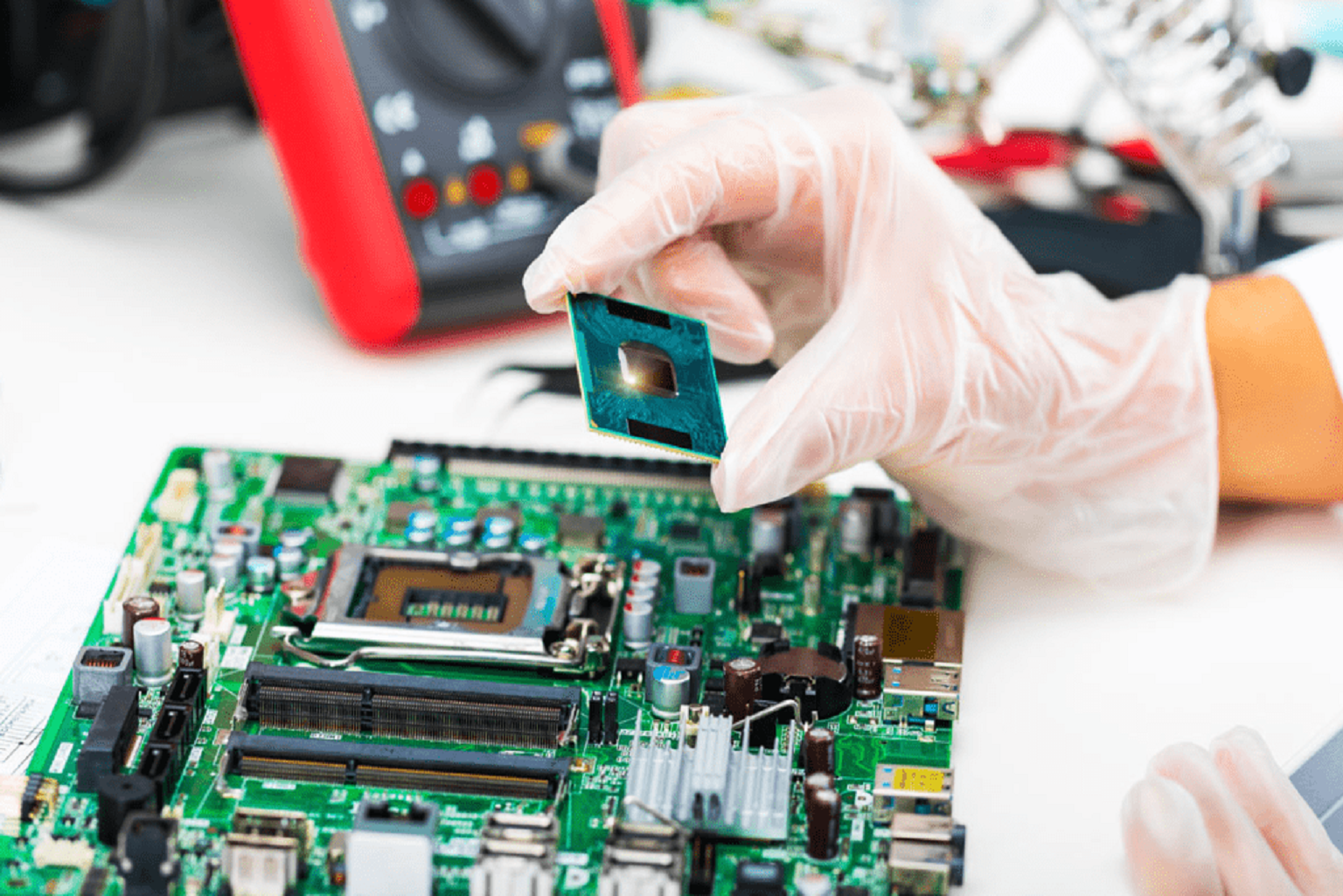
Electronics Products

Legislation Documents
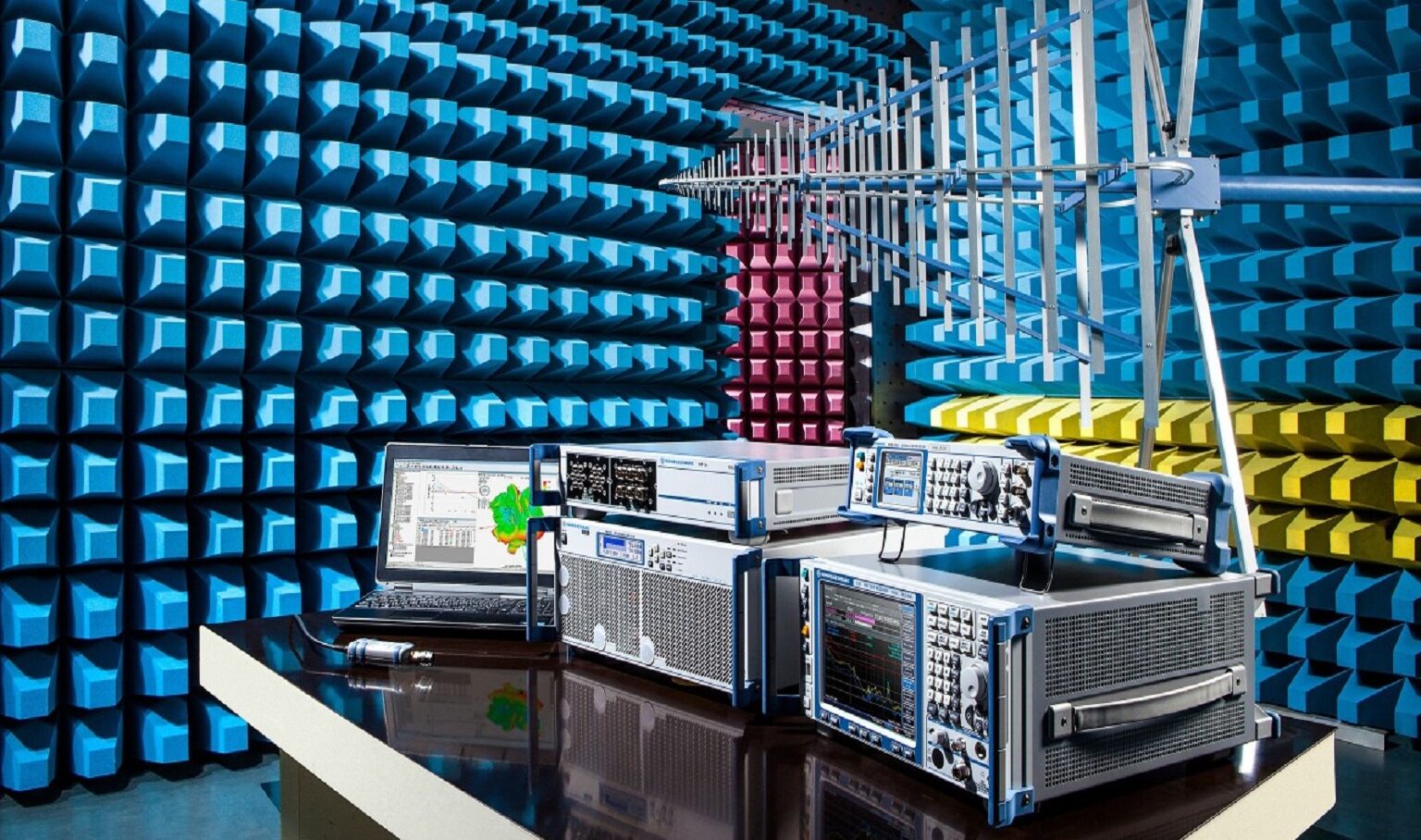
Equipment
EMC Types
Since we have seen electronics component everywhere so we have wide range of harmonised standards to complies the EMC requirements. EMC is basically three types:
MAJOR EMC TEST
EMC Directive
Conformity of Equipment as per EMC Directive
Equipment which is in conformity with harmonised standards shall be presumed to be in conformity with the essential requirements set out in Annex I.
EMC Directive
Conformity assessment procedures as per EMC Directive
Compliance of Equipment set out in Annex I can be achieve as follows
1.Internal production control as per Annex II of Directive
2.EU type examination followed by Conformity to type based on internal production control as per in Annex III of Directive






